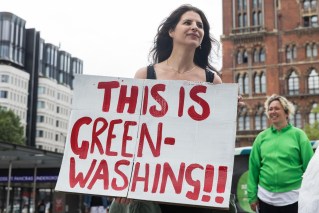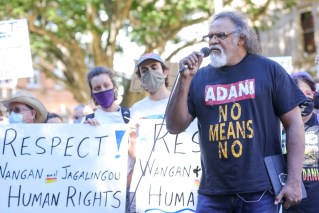Not quite pay day: Lower than expected wages growth offers slim rates hope
Wages have improved again but by less than expected, lifting 3.3 per cent annually in the December quarter.

Restaurants, farms and labour hire facing inspections over wage theft
On a quarterly basis, the Australian Bureau of Statistics’ wage price index lifted 0.8 per cent.
ABS head of prices statistics Michelle Marquardt said the increase in hourly wage rates for the December 2022 quarter was lower than the 1.1 per cent increase for the September quarter.
“It was, however, higher than any December quarter increase across the last decade,” she said.
Analysts were broadly anticipating one per cent quarterly growth and 3.5 per cent over the year in the final quarter of 2022.
Despite the improvement in wages, elevated inflation continues to erode gains in worker pay.
In the December quarter, inflation grew by 7.8 per cent over the 12 months, taking the gap between inflation and wage growth to a considerable 4.5 per cent.
Private sector wages grew by 0.8 per cent over the quarter and 3.6 per cent annually, outpacing the 0.7 per cent quarterly improvement and the 2.5 per cent annual lift in public sector wages.
Treasurer Jim Chalmers and Employment Minister Tony Burke welcomed the wage growth but said there was no evidence of a “wage-price spiral” as feared by the Reserve Bank.
“We don’t have an inflation challenge in our economy because wages are too high, but because of a war in Ukraine, pressure on global supply chains and other challenges in our own economy ignored for too long,” they said.
AMP Australia senior economist Diana Mousina said the Reserve Bank’s newly adopted hawkish stance would be challenged by the wage data and could lead to a pause in the tightening cycle earlier than markets are predicting.
The firm’s economists predict one more rate rise, taking the cash rate to 3.6 per cent, although some economists expect to see two or more further increases.
She said the tight jobs market and high inflation were driving wage growth but there were signs the labour market had reached its turning point following negative jobs growth in December and January.
“It will be difficult for wages growth to accelerate in an environment of a slowing labour force,” she said.
BIS Oxford Economic head of macroeconomic forecasting Sean Langcake said the softer-than-expected wage growth should temper the Reserve Bank’s fears of a “wage-price spiral”.
“Nevertheless, the labour market continues to track in a very tight position,” he said.
“The wage price index is a narrow measure of wage growth and these data will not completely allay the RBA’s concerns over a wage-price spiral,” he added.
The RBA hiked interest rates for the ninth time in a row in February and has indicated more tightening will be necessary to tackle persistent inflation.
BIS Oxford Economics expects to see three more interest rate hikes before the cash rate peaks.












